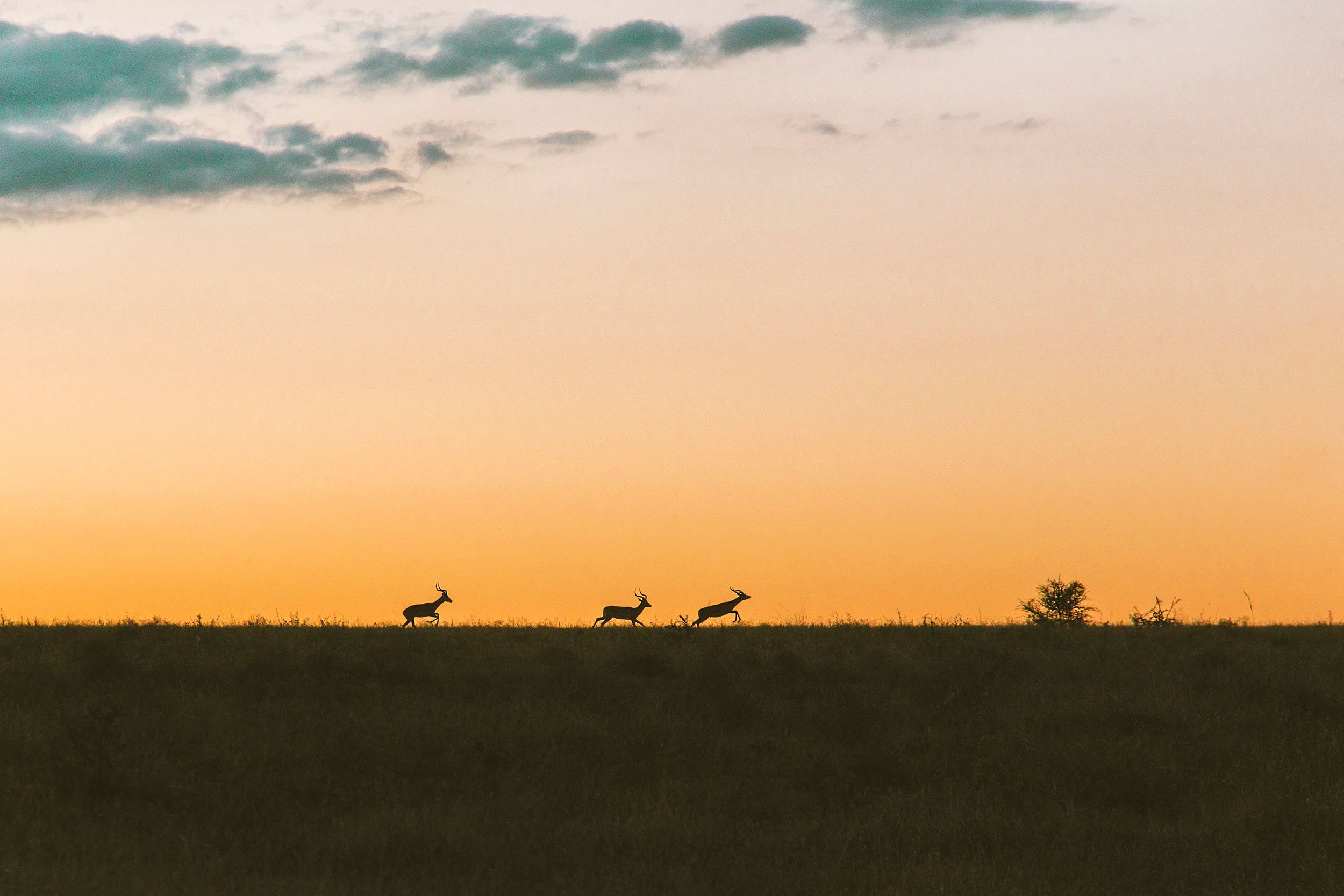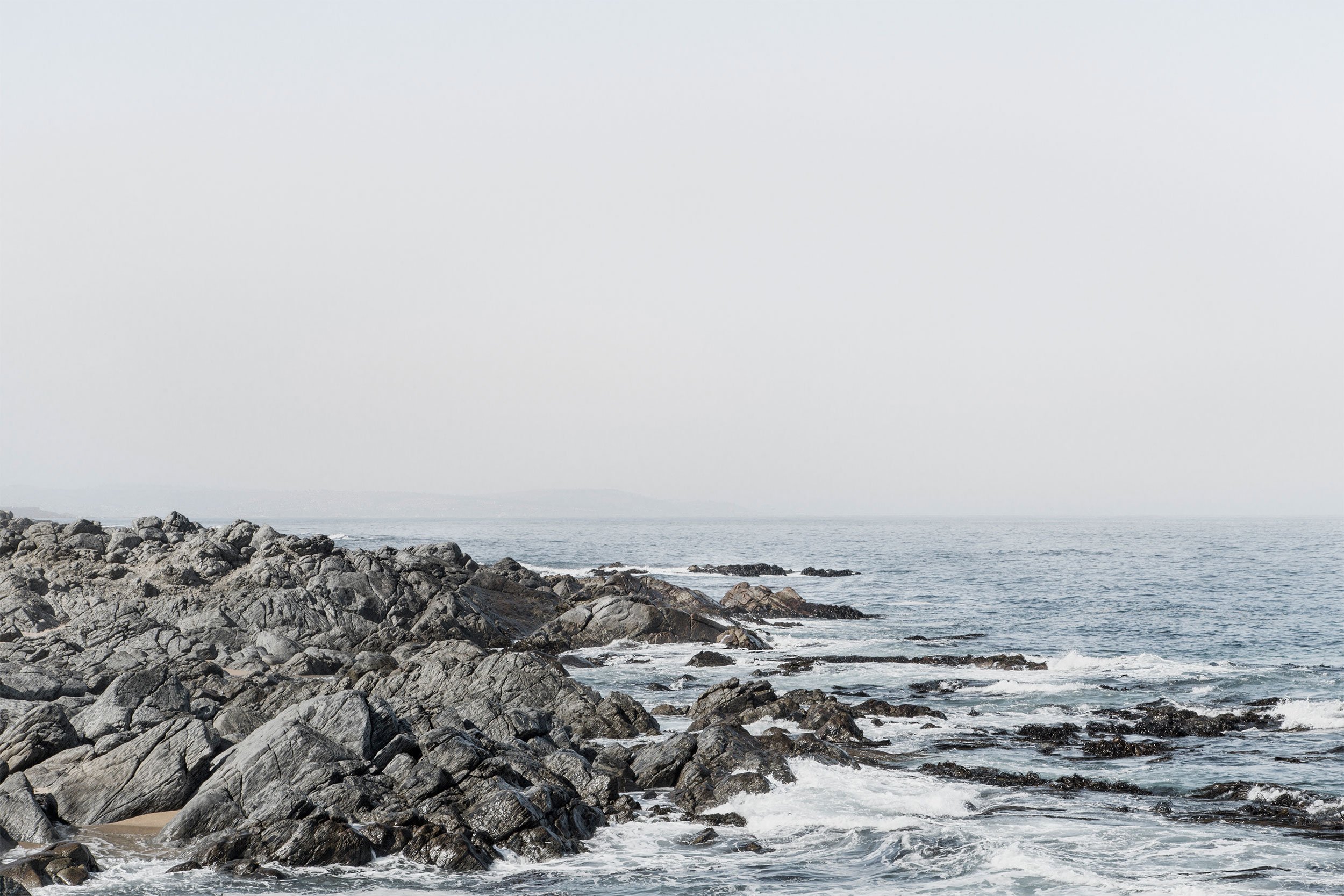
Travel Notes
For the past 20 years, my camera has been a quiet companion through crowded cities, remote paths, and the pauses in between.
Here, in this quiet corner of the internet, I share fragments from those journeys.
A visual journal of moments that lingered. No filters, no grand statements.
Just memories, held still in time.
New here?
What He Saw, and What He Chose Not to Capture
Photographer Bruno Candiotto reflects on the passing of Sebastião Salgado, a quiet piece on photography, memory, and the weight of untaken images.
Brasília: Between Silence and Utopia
Sent to Brasília on assignment for Aé magazine, I found more than architecture. I found silence, tension, memory, and something surprisingly personal.
Lucky in New York City: Finding Silence in the Chaos
In the chaos of New York, I found an unexpected kind of silence. This post is about walking with no plan, listening to the noise and discovering something deeper within it.
Creating Horizont: Where Photography Becomes Something You Can Wear
Horizont is a minimal kidswear brand shaped by my years as a photographer, built not only to dress my children, but to capture memory, and the quiet beauty of everyday life. A natural evolution of my creative journey, now woven into fabric and family.
Exploring Isla Negra: A Quiet Encounter with Pablo Neruda’s World
A quiet journey to Isla Negra, Pablo Neruda’s coastal refuge in Chile. No photos. No plans. Just stories, textures, and the breeze, all wrapped in poetry.
The Best Camera Is the One You’re Holding: Why Gear Isn’t Everything in Photography
You don’t need the best camera to take great photos. From a $10 plastic camera to today’s smartphones, photographer Bruno Candiotto explores how vision matters more than gear.
-
This blog is where I share quiet stories behind the photographs.
Moments that moved me — sometimes in faraway places, sometimes just around the corner.It’s less about chasing perfect images and more about noticing what stays.
Simple things. Honest light. Real memories.A collection of reflections from a photographer, a traveler, and a father — still exploring the world, one quiet step at a time.
© Bruno Candiotto






